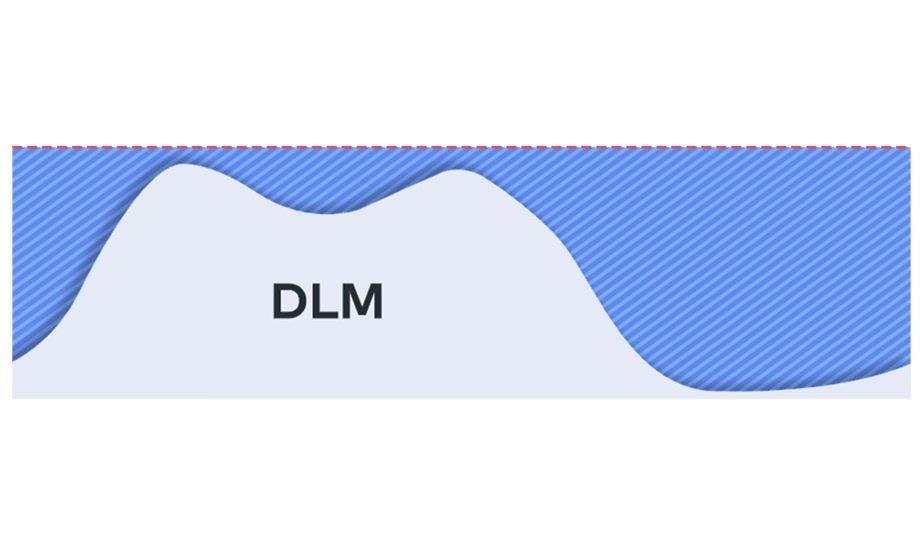There are three different options when it comes to load management. These vary in complexity and bring different costs and benefits.
Unmanaged
One could argue that this option should not even make the list but as it is a common setup gridX has included it: no management. Here, the charging infrastructure is always given the load it requests.
This means all charging points can charge with full power at all times. Sounds great? Well, there's a catch. There is no overload protection so high loads can cause blackouts. Furthermore, the high peaks drive up grid tariffs. So this option is only suited to operate a few charging stations.
Static load management
Static load management limits the charging power even though no new peak load would be caused
This form of load balancing applies a static cap on the load supplied to the charging infrastructure. While this avoids extreme peaks, it also has significant drawbacks.
In periods of low base loads, static load management limits the charging power even though no new peak load would be caused. Moreover, in periods of high base loads static load management does not protect against overloads.
Dynamic load management
The most advanced option. Dynamic load management considers the load at the grid connection point in real-time and adjusts the load supplied to the charging stations accordingly. This has two significant advantages over the other options.
Firstly, peak loads are limited to enable permanent overload protection. Secondly, the charging power is only limited in periods of high base loads. This ensures that EVs can always charge with the maximum load while no new peaks are caused. This way users can operate more charging points on the existing infrastructure, save on-grid tariffs, and never worry about overloads.
So what does this mean in practice?
Dynamic load management allows user to save on two ends:
- Save €50,000 upfront – Without load management charging infrastructure can quickly double the previous peak load. Most likely this exceeds the capacity of the grid connection point. An extension of the grid connection is expensive. Depending on the exact circumstances the costs amount to more than €50,000.
- Save up to €2,000 per charging point annually – The grid operator applies a charge to each kW of the highest peak load user recorded in a year. Usually, around €100 per kW of peak load is billed. A normal charge point supplies 21 kW. This means without any load management a single charge point can cause around €2,000 of grid tariffs per year.
